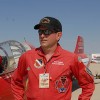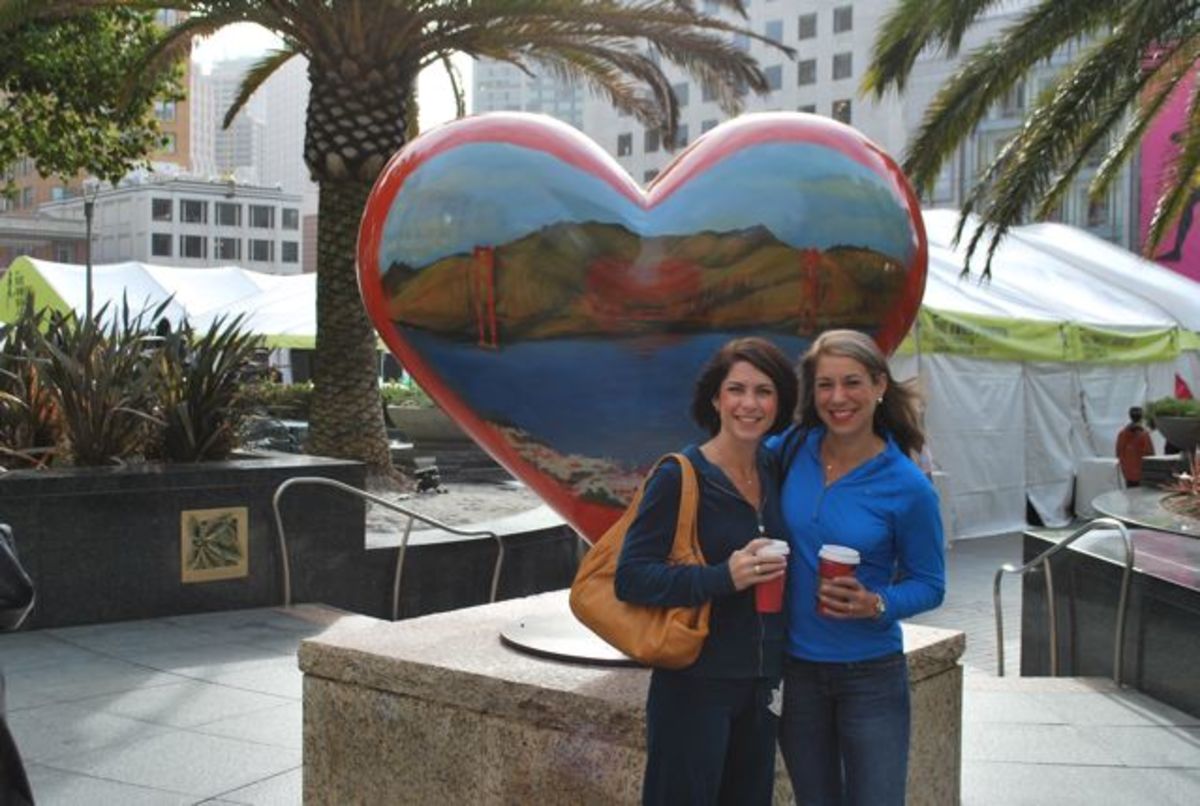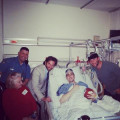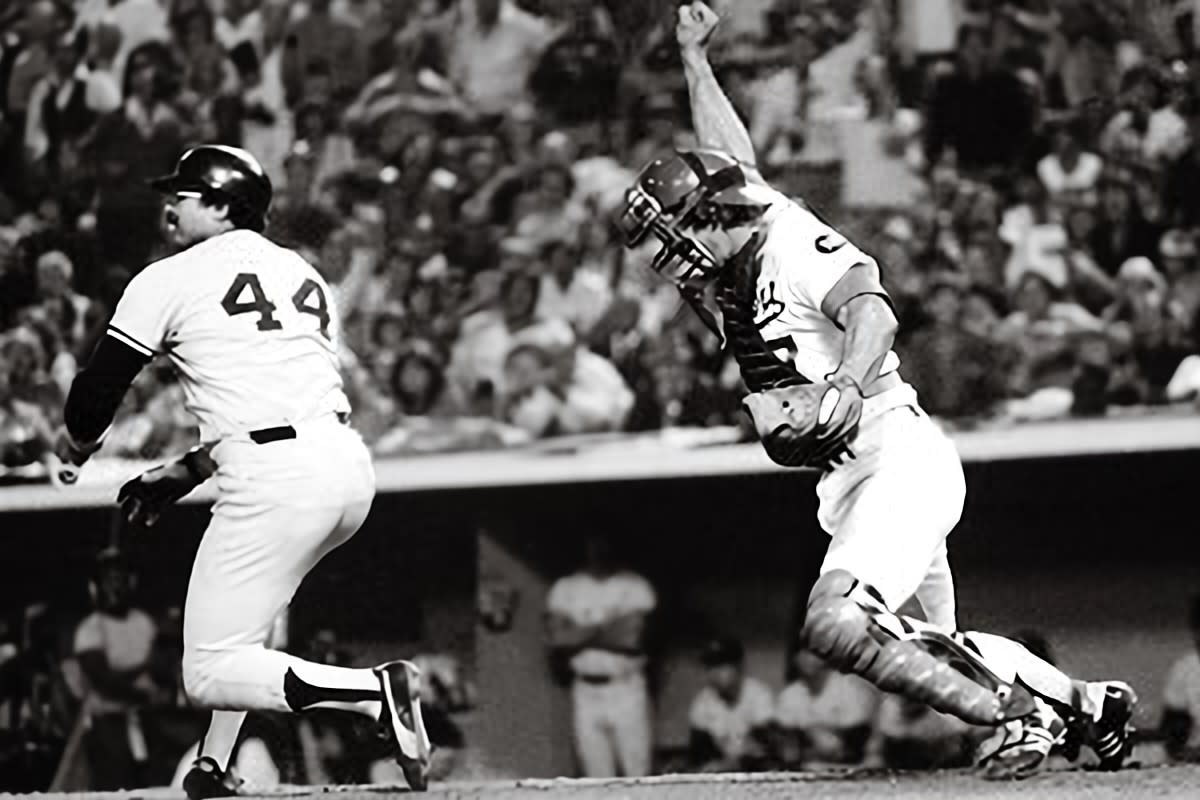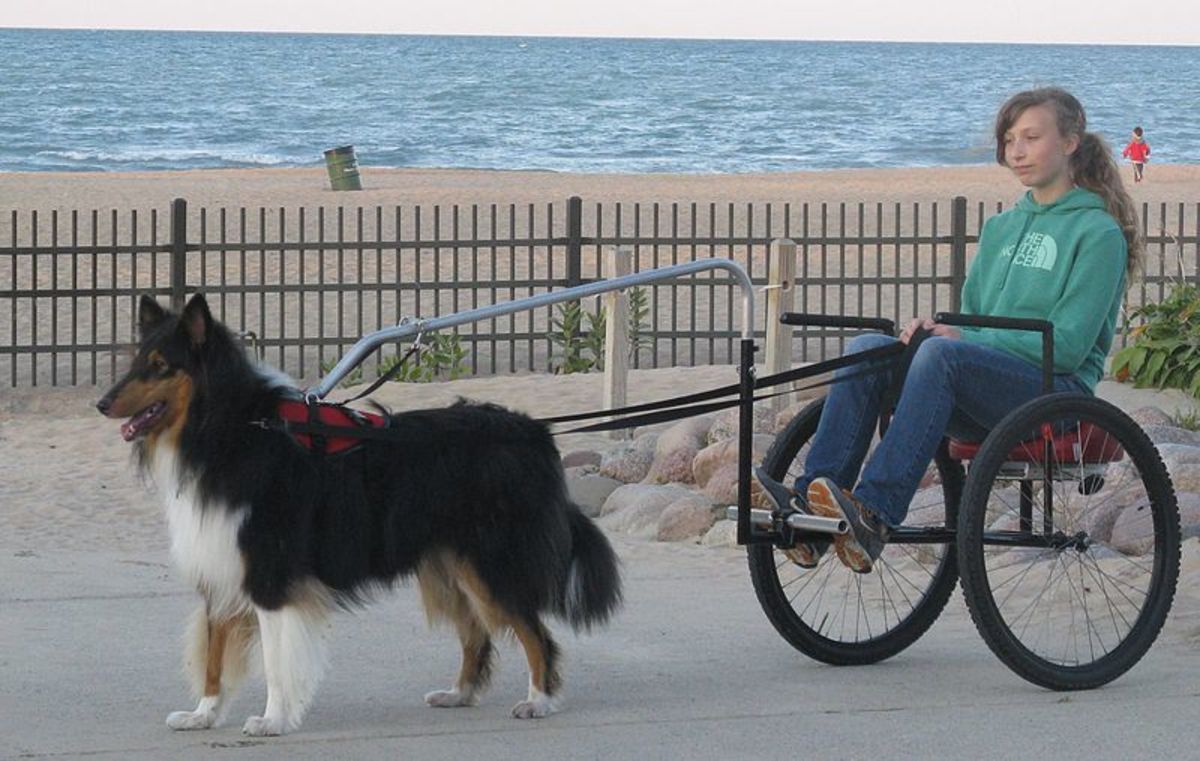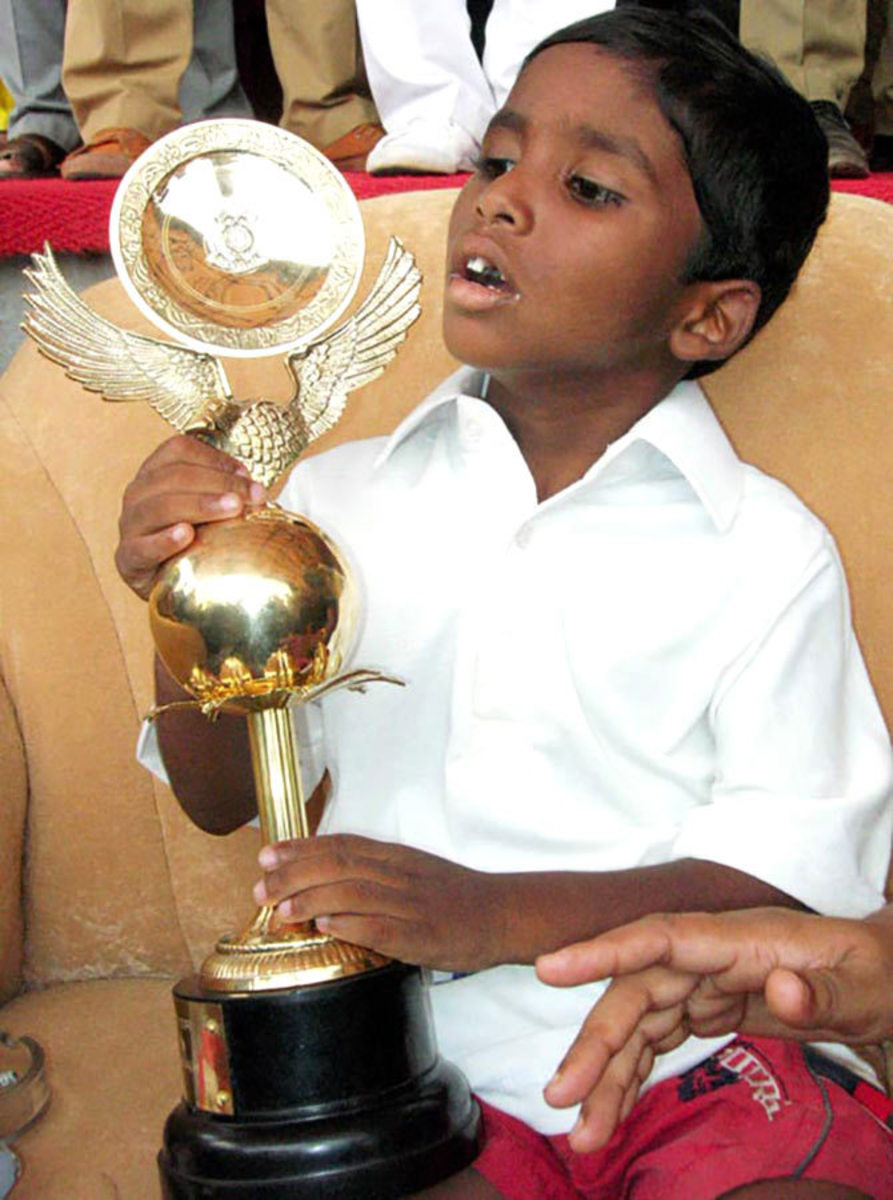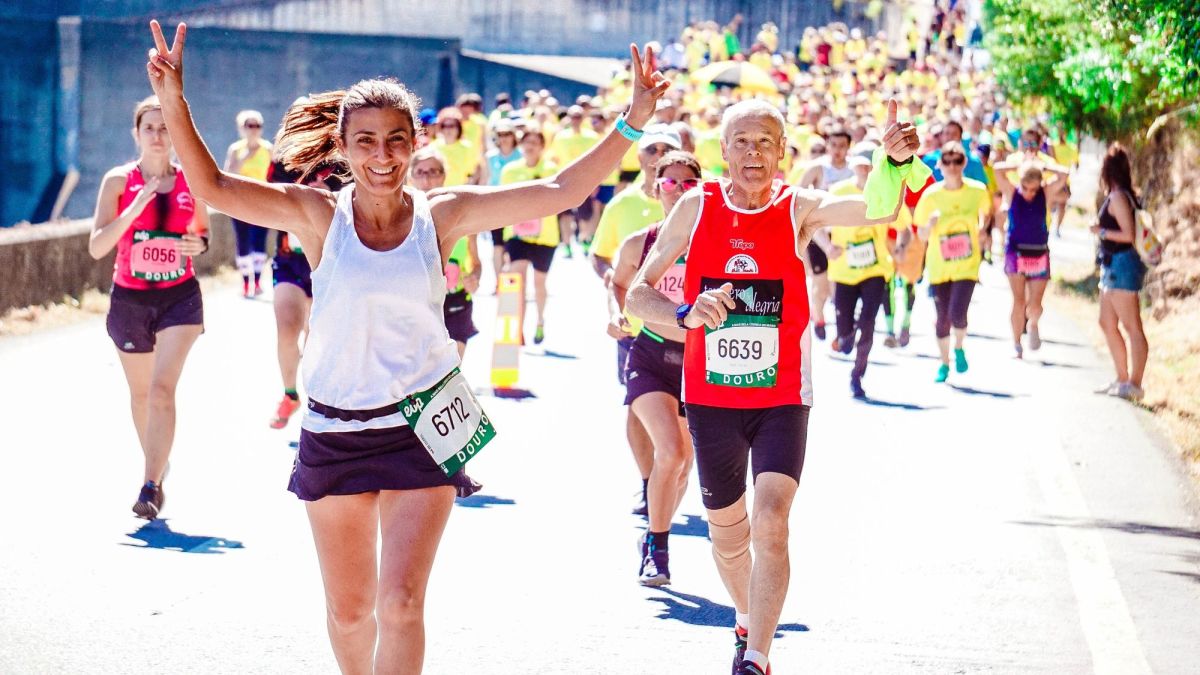Running the Boston Marathon
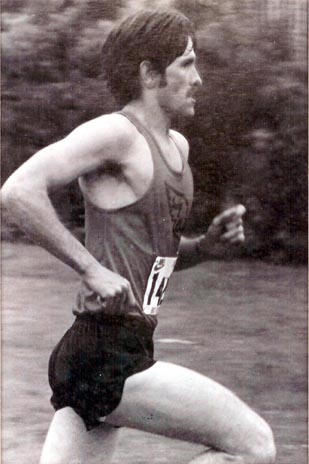
Jondolar's 1975 Experience
Today's experience of going to and competing in the Boston Marathon is, no doubt, a very different experience than mine. It has evolved, even over the last 33 years, so much that it may not be the same race anymore. Nevertheless, because it was one of the highlights of my youth as a 20 year old, I would like to share it with you here. I hope you enjoy reading it and invite any comments or questions one may have regarding it.
The Beginnings
As a high school student in the spring of 1969, my distance running career began in earnest as a junior running the two mile event in track. During one of my meets as I was stepping up to the starting line, I noticed there was an older athlete who'd obviously been running already. He had asked our coach if he could compete in the event with the rest of the field of runners. I thought to myself as we waited for the gun to go off, "Who does this guy think he is? He's already been out running because he's sweating like a pig. I'm going to run this guy into the dust!"
Bang! The gun went off and we began our eight laps around the track. Determined to not let him get too far ahead of me, I hung on his shoulder for the first lap. As the second lap progressed, he was steadily pulling away. I began to realize I would exhaust myself if I kept up his pace and backed off a bit. By the end of the first mile, he was clearly a good half lap ahead of my second place position. As the next three laps went by, I couldn't believe that this guy was slowly catching up to me; only to be lapped by the end of the seventh lap. At the end of the race, he'd finished with almost a half a lap ahead of me in a time close to around nine minutes. As for me, I got a time of ten minutes and fifty seconds.
After recovering enough to talk, I went over to where he was and began to inquire about who he was and how far he'd run prior to the race he'd just kicked my ass in. His name was Darren George; an alumni of my high school from three years prior. When he told me he'd just finished a thirteen mile run before the two mile race, I couldn't believe my ears. My immediate reaction was to think, "How in the world can anyone go out and run that far, then go that fast, when I was rested and younger?" I would later learn there was a lot more to it than just those things.
Darren was a very cordial, personable guy and he suggested we get together later and he would share with me how I could become as good at running and racing. Initially I didn't feel I needed to be so concerned about it, but even though I went on to win the league championship in my event (it wasn't a very competetive league compared to the larger school districts in my state) I decided to go see him at his house after the season ended and school was almost out.
When he told me that, in order to improve to a level that would assure me of winning more often than losing, I would have to begin increasing my training runs from the couple to four miles a day up to eight or ten miles per day, I was stunned. This was unfathomable for me; how could someone go that far nearly every day and not die? Of course, I would have to gradually build up to it, so he and I began to meet a couple of times a week and go running together for four to six miles. I would go home totally exhausted at first. Then, as summer progressed, I began to go out on similar runs on my own as well.
By the time school began in the fall, I was regularly doing an average of about 40 to 50 miles a week. I had made progress in my endurance I didn't think was possible. As the season went by, I did fairly well, but seemed to always have someone beating me and I wondered if I'd ever have the day when I would win. Darren was a great coach who understood how to keep my outlook positive and he got me to begin looking beyond my immediate concerns by trusting that the training regime he'd put me on would pay off.
When the league championship for cross-country that fall arrived, it happened at our school and went through the vineyards and trails of our familiar course. Because he'd taught me about pacing myself properly, I started out easier than I would have normally, but as the race progressed, I found myself gradually catching up to and then passing those who'd gone out ahead of me early on. At the half-way point of the three mile course, I found myself with the lead pack and feeling strong. With one mile to go, there was no one else with me, and every time I took a turn in the course, I looked back to find that I was opening up my lead more and more. I finally entered back onto the school's field and won the race. It was going to be a good senior year!
The next spring, after continuing the training regime Darren had set out for me, I went on in my final season of track to not only win the championship in my league again, but I also ended up matching the school's two mile record in a race I will never forget. Those who've competed enough to understand it, there are times when you find yourself in "the zone" and I was definately in "the zone" on this particular day. Although it was a level of competition I'd not encountered before that would allow me to go onto compete at the semi-state level, I found myself relaxed and unconcerned. The weather that day was gorgeous and the track facility was one of those new all-weather rubberized surfaces.
After doing my normal warm-up routine about a half hour before I was to report to the clerk-of-the-course on the inside of the track, I ended up laying down in an isolated corner of the warm-up field and dozed off to sleep. In looking back on this action, I realized it wasn't very smart to do so because if I didn't wake up in time, I could be late for getting onto the track and miss my event. However, I woke up just in time to go over where I needed to be and run my race.
As we started off the line, I felt calm,confident and in control. I set my focus on staying with the lead pack and as we passed the first mile one of the timers called out 4:50, 4:51! This was faster than I'd ever run my first mile in a two mile race before. Yet, because I still felt strong and confident, I pressed the pace steadily as the next mile went by. Each time I came by the stands near the finish line where my teammates were, they got louder and louder as they watched me continue to stay right with the lead pack. They'd realized something very different was happening this time and the got more loud each time I went by. Knowing that in order to go onto the next competition I needed to place in the top five, I kicked my last lap in as hard as I could to maintain my position in fifth place; tying the school's record of 10:04.
While this wasn't nearly as fast as I'd like to have been, it made me realize that my training regime was paying off. So, I stuck with it over the next summer, but wasn't sure what I was going to be doing next. I ended up deciding to enlist in the Air Force and went off the basic training in Texas. Once I was through with technical training school in Illinois, I was stationed permanently in Sacramento, California at Mather AFB as a B-52 mechanic. Throughout these times, I continued to train as best I could under the circumstances of the harsh winter weather of Illinois. Once I arrived at Mather, I met a short guy who was one of the base gym's personnel who was marathoning. He and I buddied up and we began training together. This led to our being able to fly on military transport back to Florida's pan handle to run a marthon, which I wasn't able to finish because I'd chosen a completely inadequate pair of shoes for it. Later, we went back to Texas to compete in an Air Force track meet where I ran my first steeplechase competition. I nearly died from the humidity!
The Road Circuit Days
It wasn't long before I was sent overseas on temporary duty to Guam and Anderson AFB to support the bombing effort of North Vietnam by preparing the B-52 bombers for their flights, or recovering them upon their return from a mission. This, of course, put a considerable end to my training since I was working 12 hour shifts on the flight line and leaving little time and energy to train.
Upon my return stateside after a year, I returned to training and began running road races around the San Francisco Bay Area; most anything from a 10K to a marathon. I ran the San Mateo marathon three times and the San Diego - Mission Bay marathon twice. I gradually improved my time from around 3 hours, 25 minutes, to 3 hours, 5 minutes. My goal was to run a qualifying time for the Boston Marathon which was under three hours. The second time I ran the San Diego marathon, I ran a 2 hour, 53 minutes and submitted my application for the Boston Marathon.
My training began in earnest; averaging between 70 and 100 miles of varing distances and terrains. Occasionally I would run a 10K race to get some speed training, or a half marathon, but my runs of varying distances consisted mostly of per mile runs of around six minutes for up to 18 miles total. I had a couple different friends I'd met at races I would join on occasion, but the majority of mileage accumulated was the typical lonely experience of a distance runner. My qualifying marathon in San Diego was run in May or June of '74 and the Boston was the next April.
During this time, I was engaged to a woman I'd met the summer following San Diego. It just so happened that our church's international youth meeting was held in Boston. She had flown from Seattle with her friends, I from Sacramento solo on military stand-by status; just barely managing to make it to Andrews AFB before having to take a Greyhound bus north to Boston to get there. Anyway, back to getting ready for the race.
Finally the time had come to go to Boston in April and run the race. I felt well prepared and, because my training could back off the last week before it, I was not concerned about the "down time" I experienced using military stand-by once again. I'd made plans to stay with church friends in Framingham, where the race starts, to cut down on my expenses. They were very accommodating and wonderful hosts; having taken me in their car along the course the previous day to get an idea of how the course looked.
Race Day!
On race day I got to the starting line and couldn't believe the size of the crowd; both competitors and specatators. I'd been told in the acceptance letter for qualifying that the number of competitors had been limited to 4,000. I knew the Boston marathon was considered prestigious and popular, but I'd never run a marathon where every foot along the 26 miles, 385 yards was wall-to-wall people clapping or yelling to cheer you on.
When the gun went off it took about 30 seconds before the section I was standing in finally began to slowly move forward. After about a mile there was finally enough room to get into a good pace I'd set for myself. My goal was to maintain as close to 5:20/mile pace as possible. Up to the 20 mile mark, I was pretty well right on pace; feeling good and looking forward to a possible sub-two hour and thirty minute finish time. However, I had no idea what place I would finish in by that point.
Most of the course was fairly level, but the infamous "Heartbreak Hill" at 21 miles was the bugga-boo many were concerned about. If one went out too fast up to the hill, it was a possibility that it would drain any remaining reserves of energy left. Unfortunately for me, this is exactly what happened once I topped Heartbreak Hill at 22 miles. I was "out of gas" even though the course at this point was gradually downhill.
I went into a "stooper" and my pace dropped off significantly over the last four miles. It took every ounce of energy I could muster to keep one leg in front of the other as runner after runner went zipping past me. As we approached the finish line at the Rockefeller Center Plaza, the crowds grew louder and deeper on each side of the course.
At last, I turned the last corner of the course and could see the runners ahead of me and I put in my final spurt. The clock over the finish line, when I first saw it, showed 2:32:35, and I was both saddened, but pleased with the time. I nearly collapsed after crossing the line and took my place stick indicating what I finished overall. I wasn't certain, but I thought I'd passed over the finish line at a time of 2:33:50. After the handlers got a space blanket around me and walked me along the chute to the receiving table, I finally looked down at the number on my stick and read 166. I couldn't believe it! I began to wonder just where I might have been if I'd not over-exerted myself before Heartbreak Hill and lost it. I wondered how many had passed me in the last four miles. Yet, I was still very pleased. I don't even remember how I got back to the house where I was a guest. After a day's quiet recovery, I made my way back to California.
The Last Hoorah
That summer, I got married in Seattle and went back to Sacramento with my wife to begin my college experience. After completing my associates degree, I transferred to Lewis & Clark College in Portland. Of course, I ran both cross-country and track each year. My college events were from the 1,500 meters to the 10K, but mostly I competed in the 3,000 meter steeplechase.
In the winter (February) of 1978, after training for it, I ran the Seaside marathon and ran a 2:33:25 time as an NAIA Division III college athlete. With this time being the second best time in the nation for this level of college competition, I was notified that I had earned my team 8 points toward the team's national track competition to be held later that spring. I was 27 at this time. With the completion of my bachelor's degree, I began transistioning from competitive running to recreational running until we started our family and I was starting my career.
Although I never did get the chance to make it to the Olympics, as was my dream goal, I did get a chance in 1984 to be part of the Olympics in L.A. by being a flame carrier for a meter through my community after raising charity funds for my local Boys & Girls Club.
